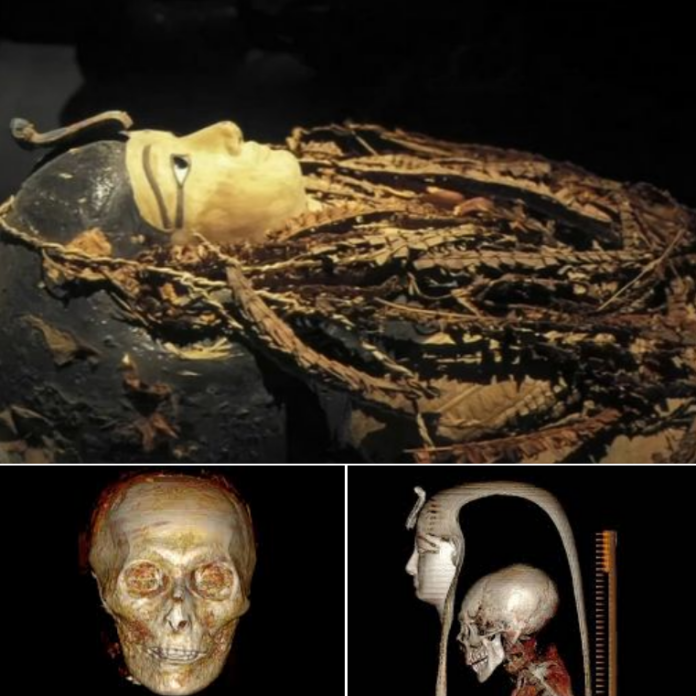In a groundbreaking advancement for Egyptology, scientists have digitally “unwrapped” the 3,500-year-old mummy of King Amenhotep I, revealing extraordinary insights into the life and death of this ancient Egyptian pharaoh. This digital exploration offers a new perspective on Amenhotep I’s physical characteristics, health, and the preservation of his remains, which had remained a mystery for over a century.
Discovery and Preservation
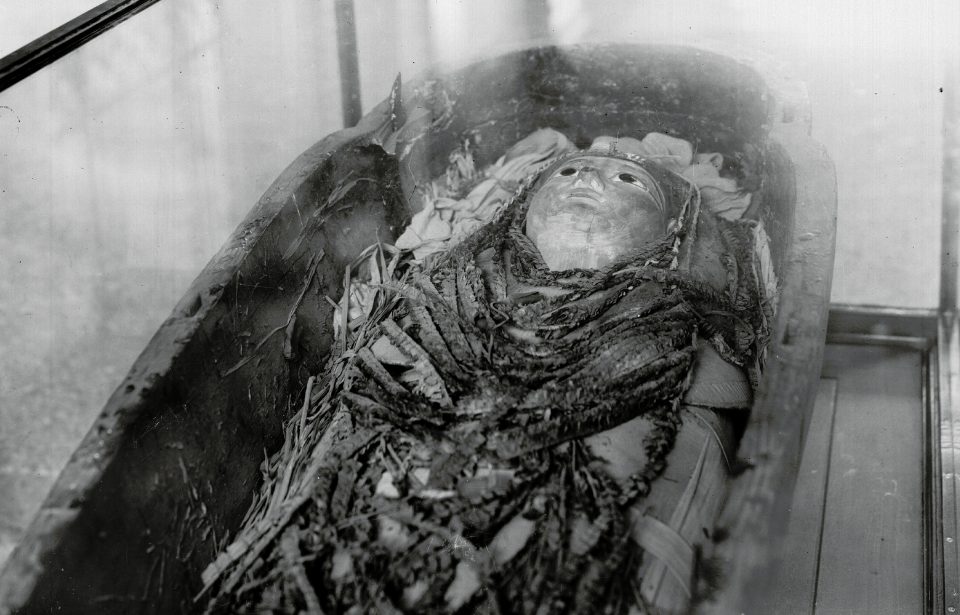
The mummy of King Amenhotep I was first unearthed in 1881 at the Deir el-Bahari site. Decorated with flowers and a wooden face mask, the mummy was found in an exceptionally fragile state. Archaeologists, wary of damaging the delicate remains, opted not to physically unwrap the mummy. Consequently, Amenhotep I’s mummy became the only royal Egyptian mummy discovered in the 19th and 20th centuries that had not been physically opened for study.
Digital Unwrapping

In a pioneering effort, researchers have employed CT scans to digitally unwrap the mummy, allowing for a non-invasive examination. Dr. Sahar Saleem, a professor of radiology at Cairo University and the radiologist for the Egyptian Mummy Project, explained that this technique enabled them to peel away the virtual layers of the face mask, bandages, and the mummy itself. “By digitally unwrapping the mummy, we could study this well-preserved pharaoh in unprecedented detail,” Dr. Saleem stated.
Physical Features and Health
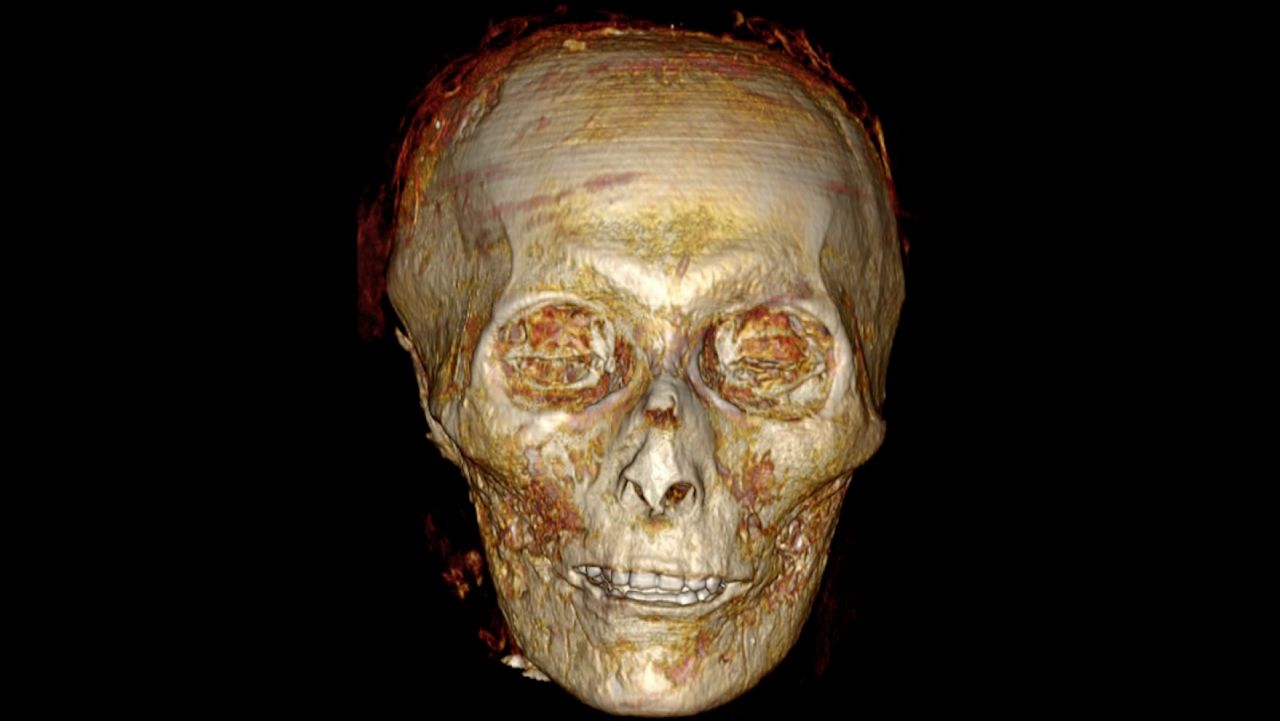
The CT scans revealed that Amenhotep I bore a striking resemblance to his father, Ahmose I, sharing similar physical traits such as a narrow chin, small nose, curly hair, and mildly protruding upper teeth. Amenhotep I, who ruled from 1525 B.C.E. to 1504 B.C.E., was found to have been approximately 35 years old at the time of his death and stood about five feet six inches tall (169 centimeters). The scans indicated that he was in good health and showed no signs of wounds or diseases, suggesting that he may have succumbed to an infection or illness.
Posthumous Damage and Restoration
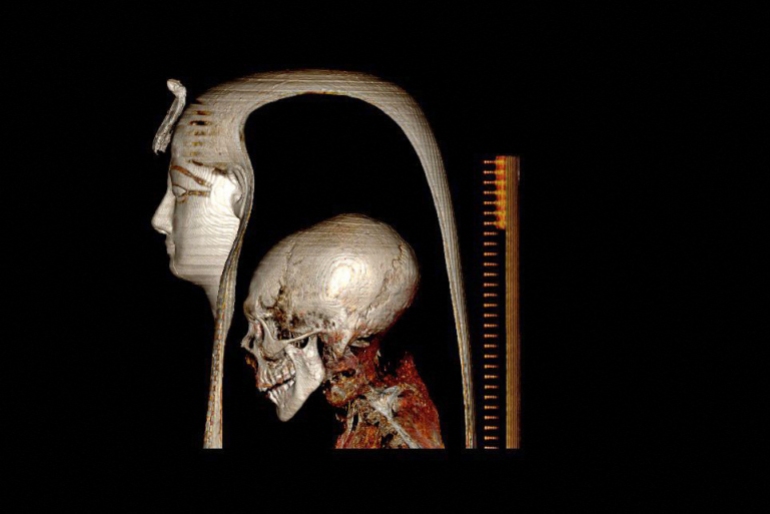
During the 21st Dynasty, Amenhotep I’s original tomb was robbed, leading to significant damage to his body. The CT scans revealed neck fractures, decapitation, a large defect in the abdominal wall, and the disarticulation of extremities, including the right hand and foot. Despite this, researchers found that the mummy was lovingly repaired by priests from the 21st Dynasty. These priests reattached the detached head and neck with resin-treated linen bandages, covered abdominal injuries, and rewrapped the detached limbs. The repaired mummy was then reburied in the Deir el-Bahari Royal Cache to safeguard it.
Reevaluation of Theories
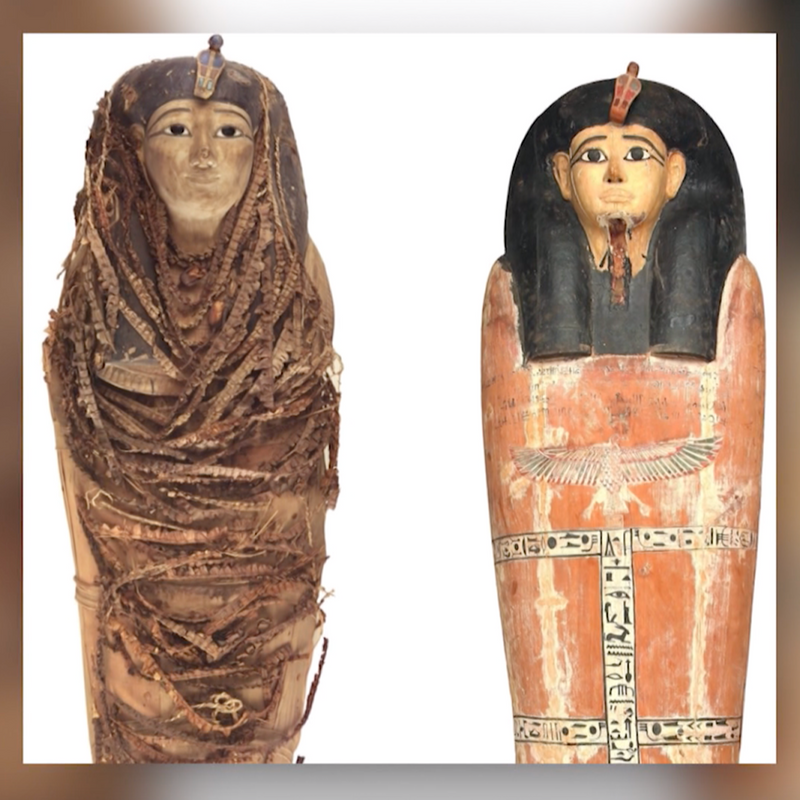
The CT scan also disproved some earlier theories about the mummy. Contrary to previous beliefs, Amenhotep I was found with 30 amulets and a golden girdle adorned with gold beads, indicating that his jewelry was not removed by priests for reuse by later pharaohs. According to Kara Cooney, an Egyptology professor at UCLA, the 21st Dynasty priests might have placed the golden girdle on Amenhotep I as an act of reverence. “The high priests of Amun, who had significant control during the 21st dynasty, regarded Amenhotep I as an ancestor and may have shown their respect by placing this girdle on him,” Cooney noted.
Conclusion
The digital unwrapping of King Amenhotep I’s mummy has provided valuable insights into his physical appearance, health, and the historical context of his preservation. This non-invasive technique has not only advanced our understanding of this ancient pharaoh but has also shed light on the practices and reverence of the priests who managed his posthumous care. The findings continue to enrich the historical narrative of Ancient Egypt and the legacy of Amenhotep I.
